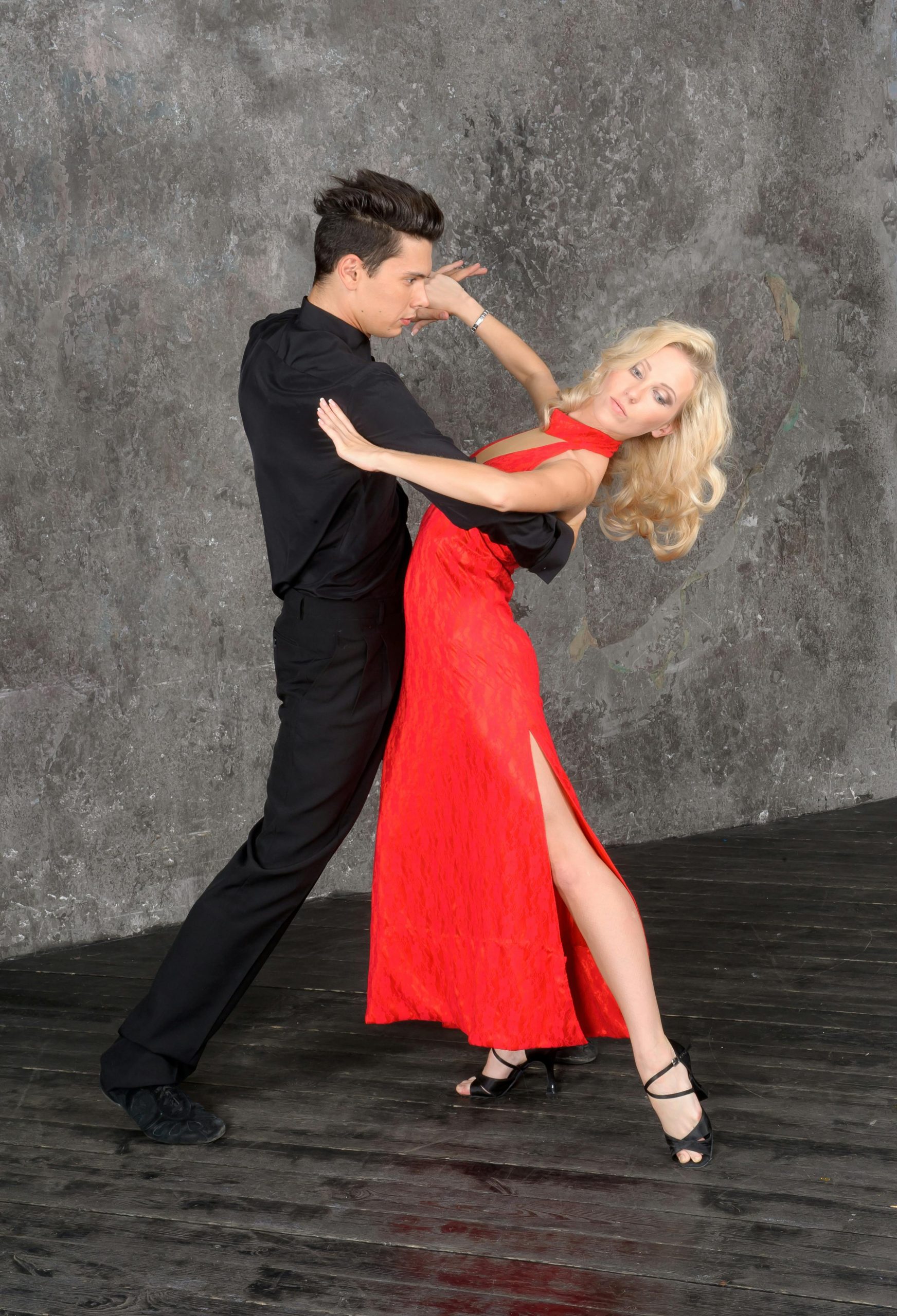Introduction:
In the kaleidoscopic world of fashion, where bold hues and dramatic patterns often steal the spotlight, pastels emerge as the epitome of understated elegance. This palette of soft, muted tones—ranging from baby blue and pale pink to mint green and lavender—carries a timeless appeal, infusing wardrobes with a breath of freshness and serenity. Pastel fashion transcends seasonal trends, offering a versatile and gentle approach to dressing that captivates with its subtlety and sophistication. This article explores the enduring charm of pastel fashion, its historical significance, and how it continues to influence contemporary style.
A Historical Perspective:
The fascination with pastel shades in fashion is not a modern phenomenon. The 18th century saw the rise of pastels in European aristocratic attire, symbolizing refinement and social standing. The post-World War I era and the 1920s brought a resurgence of pastels, reflecting a desire for peace and normalcy. However, it was the 1950s and 60s, with their emphasis on youth and optimism, that truly cemented pastels’ place in fashion history, showcasing these hues in everything from casual wear to haute couture.
The Symbolism of Pastels:
Pastel fashion is imbued with a soft power, its palette often associated with youth, innocence, and springtime renewal. These colors speak a subtle language of femininity and calm, evoking a sense of lightness and airiness. Yet, pastels are not just confined to delicate expressions; they also possess the strength to make a quiet yet impactful statement in a sea of saturated colors, embodying confidence in softness.
Versatility and Styling:
One of the greatest strengths of pastel fashion is its versatility. Pastels can be effortlessly styled for any occasion, offering a range of possibilities that cater to diverse tastes and settings.
- Monochromatic Elegance: Dressing in a single pastel hue from head to toe creates a cohesive and striking look that exudes elegance. This monochromatic approach plays with varying textures and shades to add depth and interest.
- Mixed Pastels: For a more playful and dynamic ensemble, mixing different pastel shades within an outfit offers a harmonious balance that’s both eye-catching and sophisticated.
- Pastels and Neutrals: Pairing pastels with neutral tones such as white, beige, or grey grounds the softness of the hues, making them more accessible for everyday wear.
Contemporary Influence:
Today, pastel fashion continues to make waves on runways and city streets alike, embraced by designers and style icons for its modern appeal and nostalgic charm. Beyond clothing, pastels have infiltrated accessories, makeup, and even hair color, showcasing the hues’ versatility and widespread appeal.
- Sustainable and Ethical Fashion: The rise of sustainable and ethical fashion has seen a natural alignment with pastel palettes, reflecting the movement’s emphasis on organic beauty, minimalism, and environmental harmony.
- Gender Fluidity: Pastels play a significant role in challenging traditional gender norms in fashion, offering a palette that transcends stereotypical gendered colors, promoting inclusivity and self-expression.
Conclusion:
Pastel fashion embodies a timeless elegance that transcends the boundaries of age, gender, and season. Its enduring appeal lies in its ability to convey strength through softness, offering a versatile and nuanced palette that speaks to the modern consumer’s desire for subtlety, sophistication, and serenity. As we navigate the ever-changing landscape of fashion, the charm of pastels remains constant, reminding us of the power of gentle hues to make a lasting impact.

